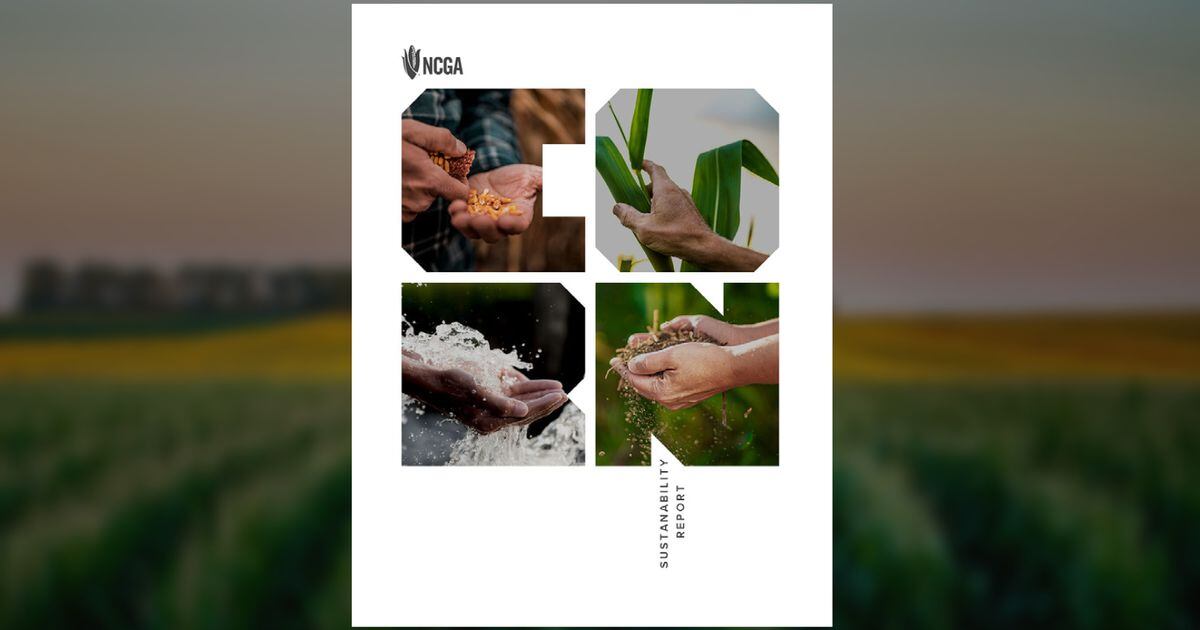
ST. LOUIS — The National Corn Growers Association released its first U.S. Corn Sustainability Report June 8.
The report documents a history of continuous improvement by U.S. corn farmers.
“Corn farmers have demonstrated their commitment to sustainability for decades through their adoption of practices to defend against soil erosion, improve water quality and water use, and management of resources through modern farming advancements,” said John Linder, president of NCGA.
The report centers on corn’s environmental, social and economic impacts. Ultimately, technology granted farmers the ability to grow more with less.
Here are some highlights from the report:
Soil Conservation
Adoptions in conservation tillage and other soil conservation strategies have contributed to a reduction in soil erosion. Water Stewardship Farmers recognize the invaluable role water plays in raising a crop each year. They also recognize that they must actively protect this resource for the benefit of their crops, their communities and the planet.
Ecosystem Resilience
With approximately 90 million acres planted annually, corn is grown in a variety of unique ecosystems. Supporting the health of those ecosystems requires active attention from farmers, who respond by using integrated pest management techniques, establishing wildlife habitat on their lands and more.
Energy Efficiency
Technology that makes farmers more productive has also helped to reduce the amount of energy, and subsequent emissions, needed for corn production. Corn farmers also provide a carbon reduction strategy through the production of ethanol and the support of the Renewable Fuel Standard.
Minimal Waste
With corn’s flexibility and number of uses, little from each kernel goes to waste. From animal feed to ethanol product to bioplastics, the components of each kernel of corn find a home in a variety of ways and uses, leaving little behind.
Learn more at www.ncga.com/key-issues/current-priorities/sustainability.
By The Numbers
Corn farmers’ commitment to sustainability has paved the way for improvements in a number of key indicators over a span of several decades.
Between 1980 and 2015, corn farmers have:
• Decreased the amount of land required to produce a bushel of corn by 41%.
• Reduced soil loss per acre by 58%.
• Improved irrigation efficiencies, leading to per bushel declines in irrigation water use of 46%.
• Improved energy use efficiency per bushel by 41%.
• Reduced greenhouse gas emissions per bushel by 31%.
Source: U.S. Corn Sustainability Report
The Link LonkJune 25, 2021 at 04:10AM
https://ift.tt/3gULHvu
Corn sustainability report released – AgriNews - Agri News
https://ift.tt/3gguREe
Corn

No comments:
Post a Comment